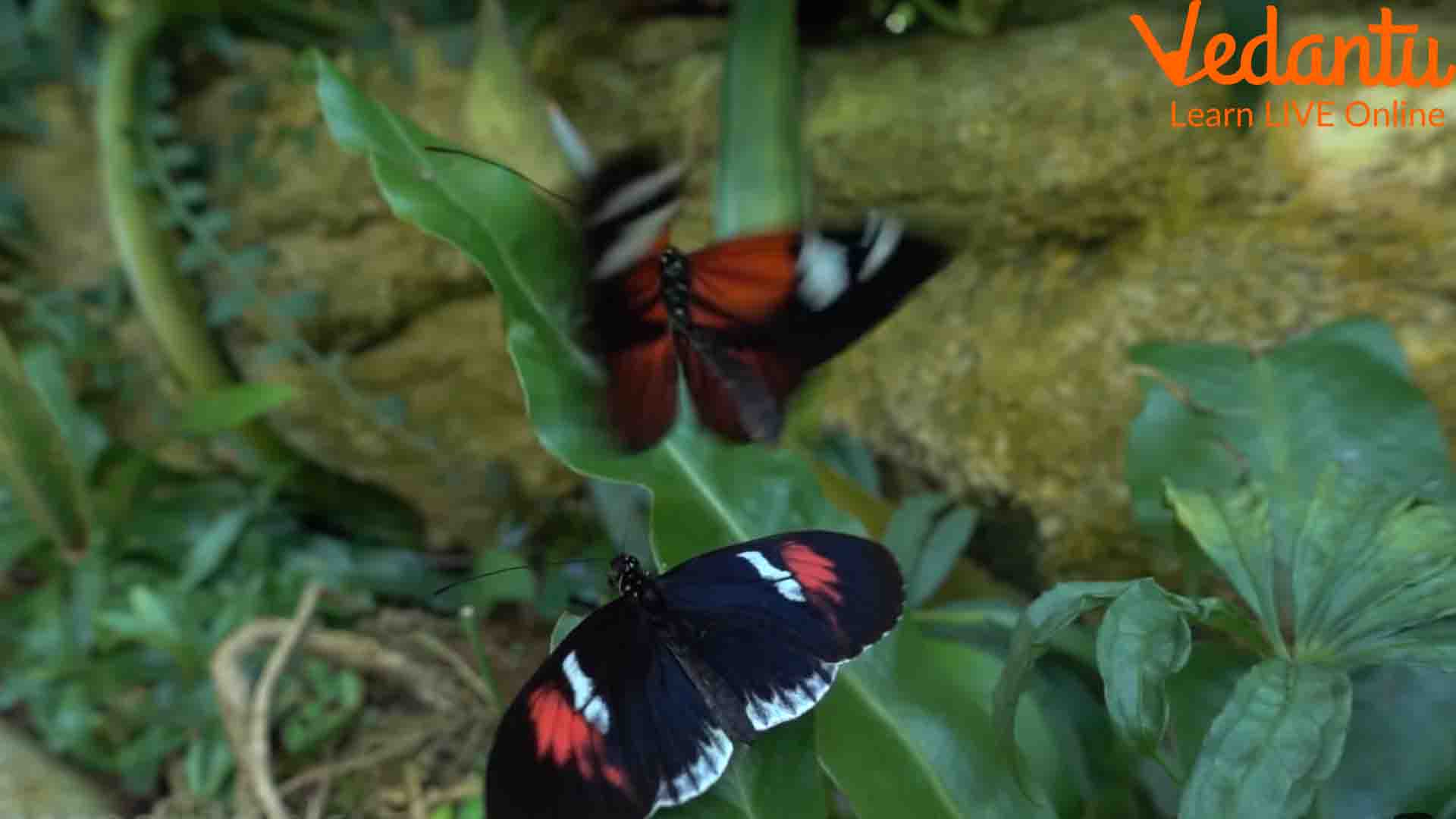Scientific Mechanism of the Flying of Butterflies
The ability to fly has always fascinated us. We have invented aeroplanes and other aircraft to fly around but using the laws of physics. The animal kingdom amazes us with its different methods of flying. Birds flap their wings and use the laws of physics to fly. It is different for butterflies.
How do butterflies fly? It is something different we can only recognise when we observe very carefully. Their method of flying is entirely different from the avian species. In fact, insects have different methods of flying that they have evolved. Let us focus on how a butterfly moves from one place to the other.
Butterflies Follow a Unique Pattern
If you look closely, you will find that butterflies move erratically and there is no pattern they follow. It seems a butterfly is attached to a string which is pulled and released correspondingly. Focusing on its flying pattern, we find that it sometimes glides and sometimes drops due to gravity. Sometimes, it flaps its wings and elevates from its height from the ground.
The movement of a butterfly is different from most insects too. We see a bee hovering over a flower. Bees manage to fly better than a butterfly as they have a stronger wing action. On the other hand, butterflies do not follow a pattern of flying similar to insects and move unpredictably.
You will be surprised to know that most butterfly species do not need such big wings to fly. Even if they have half the wings, they can still manage to carry themselves properly. A real question arises in our minds. Why do they have such big wings? If they are not that useful then it is an evolutionary burden for the butterflies. Let us crack the biological code.
The Mystery Behind the Flight of Butterflies
Scientists have been studying the pattern of the wings of butterflies for years. They have used high-speed cameras to find out how the butterflies vary from the other insects in terms of the ability of flying. What is the science behind the erratic movements of the wings?
After comprehensive studies of butterflies’ flying in a wind tunnel with cameras, scientists have concluded that they flap and flutter their wings just to maintain body balance in the air. On the other hand, studying common insects such as flies, bees and mosquitoes revealed that these species flutter their wings with a powerful action of muscles to actually fly and hover in the air.

A Butterfly Flying with its Unique Pattern
Also Read: Can Humans Grow Wings and Fly?
Explaining an Old Theory Scientifically
If you see the pictures of butterflies flying, you will not be able to understand the flight mechanism. It is a balancing act that a butterfly executes to maintain the hovering position in the air. When it does not clap the wings, it tends to fall resulting in a drop and bounce motion. Why do they do that?
Well, scientists have concluded that flying butterflies do not have an aerodynamic body. They are just slender insects with big wings and are not fit to face the air resistance resulting from flying faster. They flap their wings to create a jet stream of air. It is similar to compressing air and releasing it from the wings to make jet-like propulsion.
When scientists were researching the flight mechanism of butterflies, they found that their wings are concave-shaped. The wings have a slight slanting similar to the curve we have in our palms. When they clap their wings during an upstroke, they thrust them forward. When they down-stroke, they get weight support.
When both these wing actions are merged together, we can realise how the frantic movement of the butterflies occurs. The first step is to thrust forward while dropping due to gravity. The next step is to defy gravity and stay up. They form the figure 8 with their wing motions. It is like an infinity symbol.
The still images of butterflies flying showed that the cop formation of the wings during upstroke helped to capture air and use it for propulsion. As the wings are highly flexible, they can increase the cup size and catch more air to increase the power of propulsion. In fact, flexibility has been found to increase this power by 28%.
This is commonly called the cupping and clapping mechanism of flying. You will not find this type of flight mechanism in other species. Insects generally flap their wings fast enough to balance their bodies and hover or move. Butterflies, on the other hand, use a propulsion technique, a bizarre one if we compare.
The Reason for Developing Bigger Wings
We can now clearly understand why a slender insect like a butterfly has such big and beautiful wings. It is not that they are the angels that bring change and happiness to your life. It is simply a natural phenomenon where they have evolved bigger wings to do such actions.
The erratic fluttering of the wings causes the cupping and clapping action. These wings act like massive rudders for them to control their movement. There is another reason for developing such frantic movements. Insects moving in simple hovering and flight positions might have speed but have a pattern. This pattern can be easily recognised by predators. Butterflies, on the other hand, cannot be predicted due to such erratic movements.
Wrapping Up!
What does it mean when butterflies fly around you? Popularly, it is believed to be a symbol of good luck and change. It also depicts transformation and rebirth in various beliefs. Scientifically, butterflies get attracted to something you have or you are in their path.
This is about the difference between a butterfly and other insects flying. The science behind it is fascinating. It shows how nature can be amazing and beautiful at the same time. Understand the science behind it and admire it when you see a butterfly around you.







